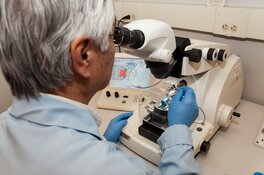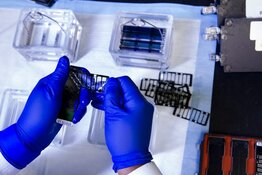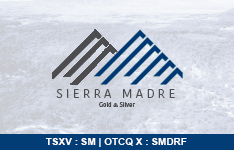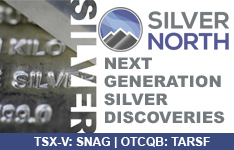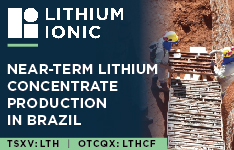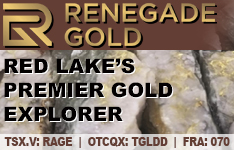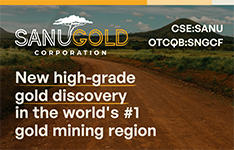Anavex Life Sciences Corp.'s (AVXL:NASDAQ) blarcamesine (ANAVEX2-73), administered continuously for up to four years, showed meaningful benefit for early Alzheimer's disease patients, reported Dr. Ram Selvaraju, H.C. Wainwright & Co. analyst, in an April 7 research note. The biopharma presented this and other results of the ATTENTION-AD clinical trial at the recent Alzheimer's Disease and Parkinson's Disease 2025 Conference.
"Continued blarcamesine treatment, without interruption, is encouraged for more favorable clinical outcome that may indicate disease-modifying effect," Selvaraju wrote.
413% Return Possible
Based on the update, H.C. Wainwright reiterated its $42 per share price target on the biopharma, now trading at about $8.19 per share, noted the analyst. From this price, the return to target is 413%.
Anavex remains a Buy.
About The Trial
Selvaraju explained that the ATTENTION-AD trial lasted up to 192 weeks (four years). It consisted of an initial 48-week double-blind phase followed by a 96-week open label extension for participants in Canada and Europe and up to 144 weeks for participants in Australia.
The purpose was to evaluate the safety and tolerability of blarcamesine as well as long-term effects of the small molecule on cognition and function in participants with early Alzheimer's disease.
Clinical Trial Findings
Selvaraju presented the key takeaways of the pivotal open label extension data.
The safety profile of blarcamesine treatment for up to four years was shown to be favorable. Most of the adverse events that happened were mild to moderate in severity (grade 1 or 2) and could be managed by changing the titration schedule. No severe or life threatening events; no neuroimaging adverse events, including potentially fatal brain bleeding or brain swelling; and no deaths, related to the study drug occurred.
Data also showed that blarcamesine-treated patients continued to accrue benefit through up to four years, in terms of cognition as measured by ADAS-Cog13 and activities of daily living as determined via ADCS-ADL, the clinical endpoints.
These results were compared between the "continued blarcamesine" or early start group and the "placebo to blarcamesine" or late start group. Results showed that patients who started blarcamesine earlier in their disease progression had greater stability of cognitive function versus those who began the drug about a year later. The outcome difference between the two groups was statistically significant (p=0.0165).
In another analysis, therapeutic effect was compared among three different patient groups, those who took the drug continuously, those who had a treatment break between the trial's two components and those who had the same, but longer, interruption. It was shown that the patients who took blarcamesine without interruption or with little interruption had the best results. The differences were statistically significant with respect to both cognition (p= 0.0083) and function (p=0.0015).
"This and the other long-term efficacy suggest that earlier initiation of treatment with blarcamesine may have a significant positive impact on disease progression and may provide continued benefits to patients with early Alzheimer's disease over the long term," Selvaraju wrote.
He also noted that based on blarcamesine's observed safety and tolerability profile, long-term treatment with the small molecule in this indication seems feasible.
European Approval First
Selvaraju reported that Anavex is looking to get blarcamesine approved for early Alzheimer's disease in Europe, first. A decision on the Marketing Authorization Application could be made before year-end, purported the analyst. If approved, the drug could be launched commercially late in 2026 in multiple countries there. Nearly 8 million people have Alzheimer's disease in Europe, and according to the European Brain Council, this number is expected to double by 2030.
"From our vantage point, therefore, the European market opportunity could be highly lucrative," Selvaraju commented.
Once and if blarcamesine is greenlighted in Europe, Anavex may pursue approval in the United Kingdom, Canada and Australia as well. The biopharma is having ongoing discussions about the same in the U.S., with the Food and Drug Administration.
"A favorable European regulatory decision could have meaningful impact upon the willingness of regulators in other territories to approve the drug," added the analyst.
Share Structure
Anavex has 85.1 million shares outstanding. Its market cap is $697 million. Its 52-week range is $3.25–14.44 per share.
| Want to be the first to know about interesting Biotechnology / Pharmaceuticals investment ideas? Sign up to receive the FREE Streetwise Reports' newsletter. | Subscribe |


